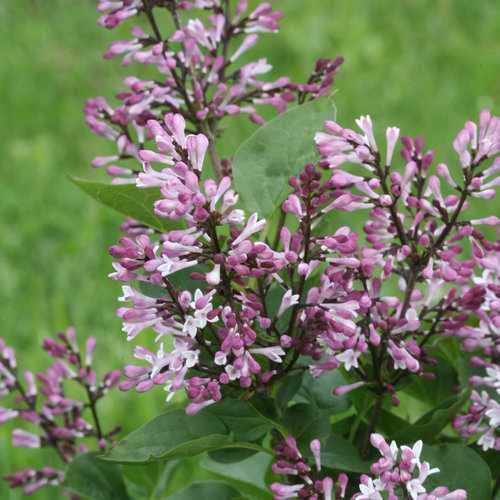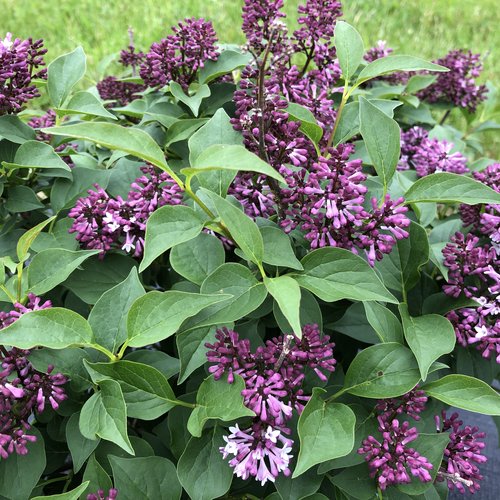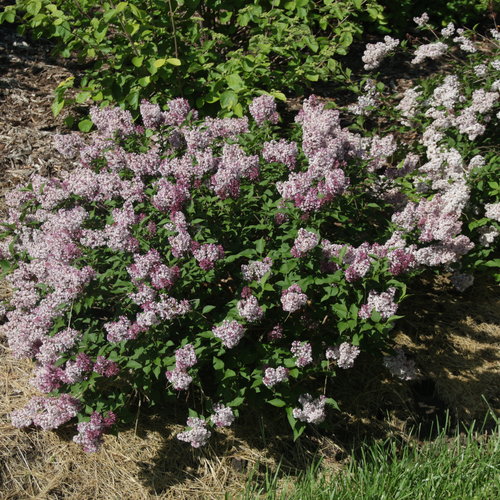Plantinformation
HOME OF PROVEN WINNERS®
Plant Information
Baby Kim®
Syringa
Displays glossy, dark green foliage, an abundance of fragrant purple spring blooms that don't fade to white, and a useful rounded habit that fits into just about any sunny spot. Best planted lining a walkway, under windows, as a low hedge, or anywhere one would want color and fragrance with minimal care. It attracts butterflies and resists deer.

| Blossom Color | Purple |
| Bloom Season | Spring |
| Exposure | Sun |
| Height | 24-36 in |
| Width | 30-36 in |
| Spacing | 30-36 in |
| Container Sizes | 28, QT |
| Hardiness Zones | 3, 4, 5, 6, 7, 8 |
| Wildlife Attracted | Butterflies |
| Wildlife Deterred | Deer |
| Features | Displays glossy, dark green foliage, an abundance of fragrant purple spring blooms that don't fade to white, and a useful rounded habit that fits into just about any sunny spot. Best planted lining a walkway, under windows, as a low hedge, or anywhere one would want color and fragrance with minimal care. It attracts butterflies and resists deer. |
| Adaptable as a Houseplant | No |
| Bog Plant | No |
| Is Disease Resistant | No |
| Drought Tolerant | No |
| Edible | No |
| Erosion Control | No |
| Fragrant Flower | No |
| Fragrant Foilage | No |
| Heat Tolerant | No |
| Native to North America | No |
| Salt Tolerant | No |
| Succulent | No |
| Water Plant | No |
| Uses |
A dwarf lilac like Baby Kim offers a lot of versatility in the landscape. Plant it lining a walkway, under windows, as a low hedge, or anywhere you want color and fragrance with minimal care. |
| Maintenance Notes |
Plant only in full sun and well-drained soil; lilacs cannot tolerate soggy, wet conditions. Growing Lilacs: Check out the ultimate care guide including planting, FAQs, design ideas and more! If you want to prune Baby Kim lilac, do so immediately after it blooms in late spring. Never cut it back in fall, winter, or early spring - doing so will remove the spring flower buds. Pruning is not necessary, particularly for small, tidy varieties like this. Like nearly all lilacs, Baby Kim lilac actually requires a period of cold weather in order to bloom well. This is why lilacs are not typically suited to warmer climates. However, they are very, very cold tolerant and thrive in climates as cold as USDA zone 3. |



